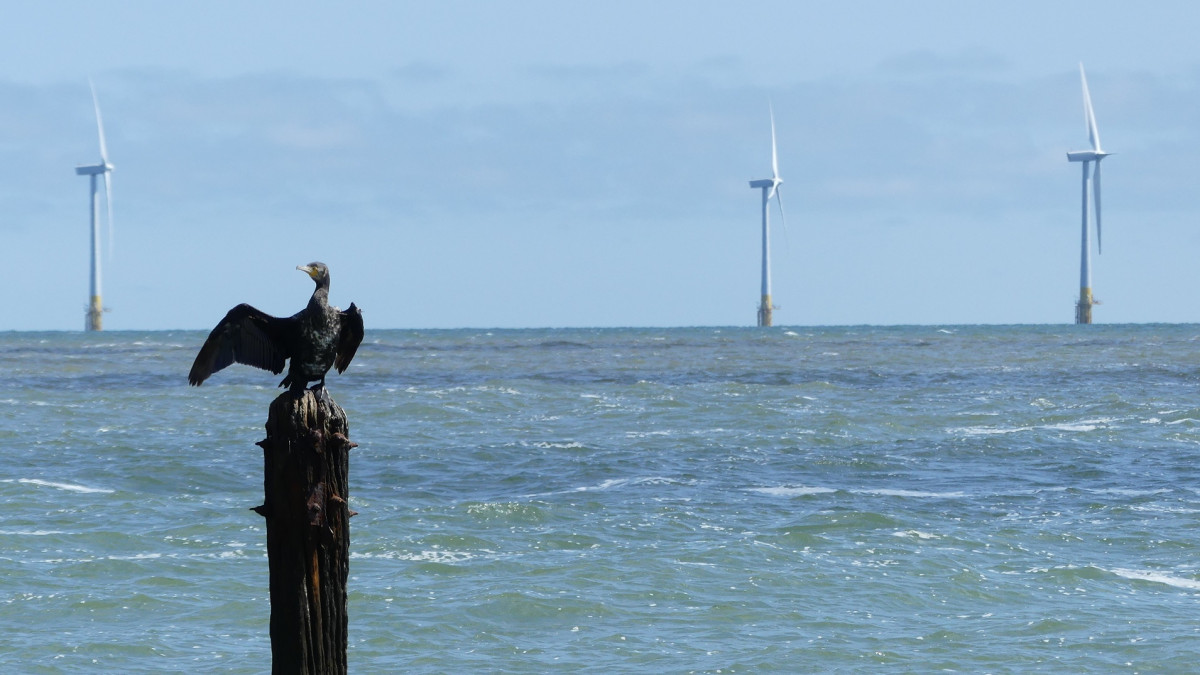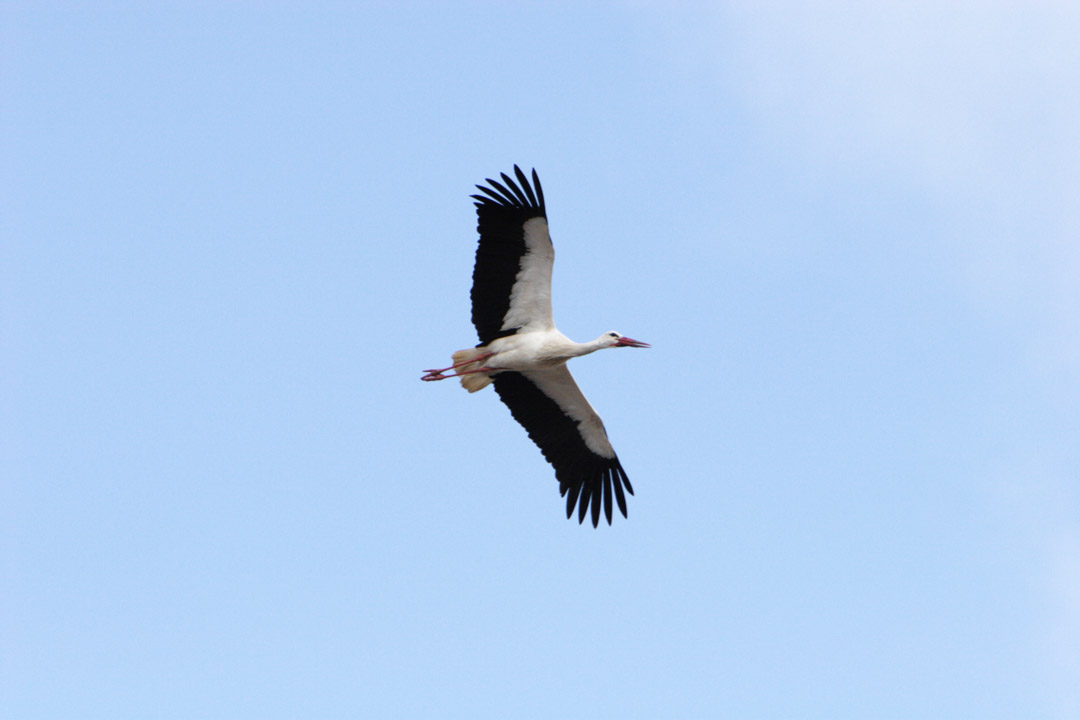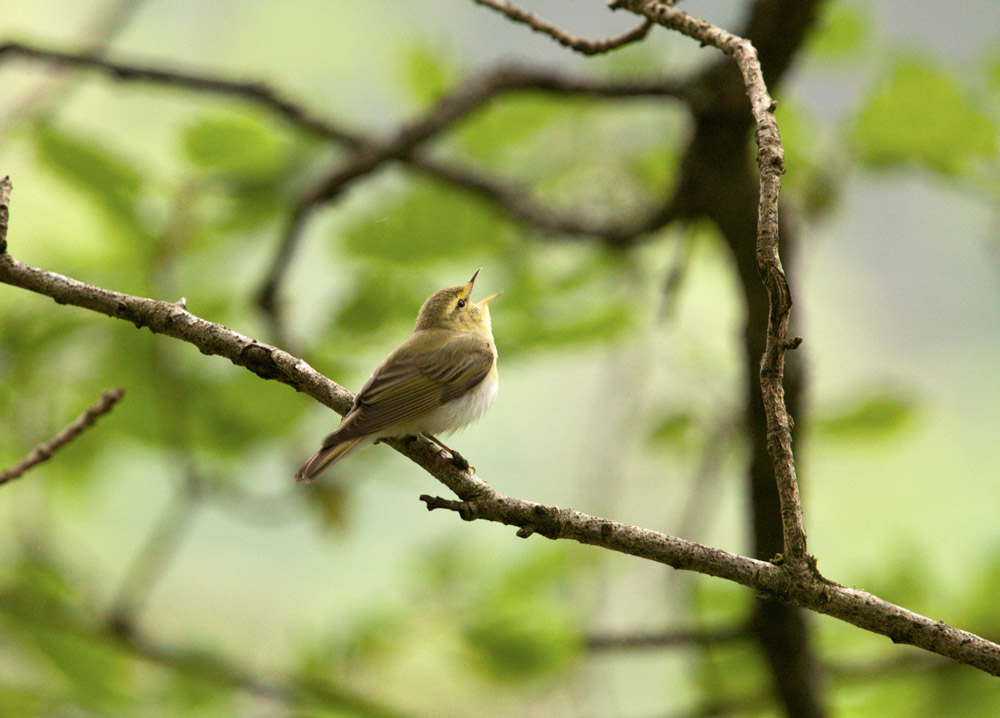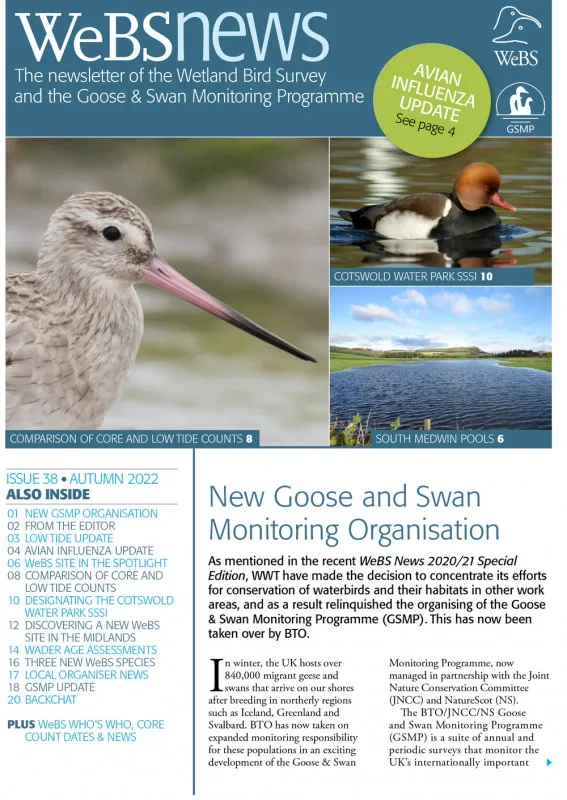BTO create and publish a variety of important articles, papers, journals and other publications, independently and with our partners, for organisations, government and the private sector. Some of our publications (books, guides and atlases) are also available to buy in our online shop.
Annual report of the Seabird Monitoring Programme
Seabird Population Trends and Causes of Change: 1986–2023
This report presents the latest seabird population trends in breeding abundance and productivity using data from the Seabird Monitoring Programme (SMP).
The report documents changes in the abundance and productivity of breeding seabird species in Britain and Ireland from 1986 to 2023, and provides a detailed account of the 2021, 2022 and 2023 breeding seasons.

Search settings
Framework for assessing and mitigating the impacts of offshore wind energy development on marine birds
Author: Croll, D.A., Ellis, A.A., Adams, J., Cook, A.S.C.P., Garthe, S., Goodale, M.W., Hall, C.S., Hazen, E., Keitt, B.S., Kelsey, E.C., Leirness, J.B., Lyons, D.E., McKown, M.W., Potiek, A., Searle, K.R., Soudijn, F.H., Rockwood, R.C., Tershy, B.R., Tinker, M., VanderWerf, E.A., Williams, K.A., Young, L. & Zilliacus, K.
Published: 2022
24.11.22
Papers

Standardised empirical dispersal kernels emphasise the pervasiveness of long-distance dispersal in European birds
Author: Fandos, G., Talluto, M., Fielder, W., Robinson, R.A., Thorup, K. & Zurell, D.
Published: 2022
Birds move a lot during their lifetime! One of the most important forms of movement is dispersal: when birds move out of the immediate area in which they were born (natal dispersal) or when they change location between successive breeding attempts (breeding dispersal). Understanding dispersal movements can provide insight into species’ distribution, gene flow and protection needs. Unfortunately, data which demonstrate how far and often birds move during dispersal is difficult to collect and analyse, and so many questions about these behaviours remain unanswered. Ringing data collected by volunteers are a potential source of information on bird dispersal, but specialist methods must be employed if they are to be analysed correctly.
17.11.22
Papers

Loop-migration and non-breeding locations of British breeding Wood Warbler Phylloscopus sibilatrix
Author: Burgess, M., Castello, J., Davis, T. & Hewson, C.
Published: 2022
New research has revealed the wintering grounds and migration stopovers of British-breeding Wood Warbler, a declining species on the UK Birds of Conservation Concern Red List.
16.11.22
Papers


Diversity, fragmentation and connectivity in the UK amphibian and reptile data landscape
Author: Turner, R.K., Griffiths, R.A., Wilkinson, J.W., Julian, A., Toms, M.P. & Isaac, N.J.B.
Published: 2022
Monitoring biodiversity at large spatial scales and over long periods of time is central to understanding how populations change, and supports conservation planning and the prioritisation of resources by decision-makers. While we have a good understanding of the monitoring frameworks that exist for some taxa, e.g. birds, such understanding is lacking for many others, including reptiles and amphibians.
16.11.22
Papers
